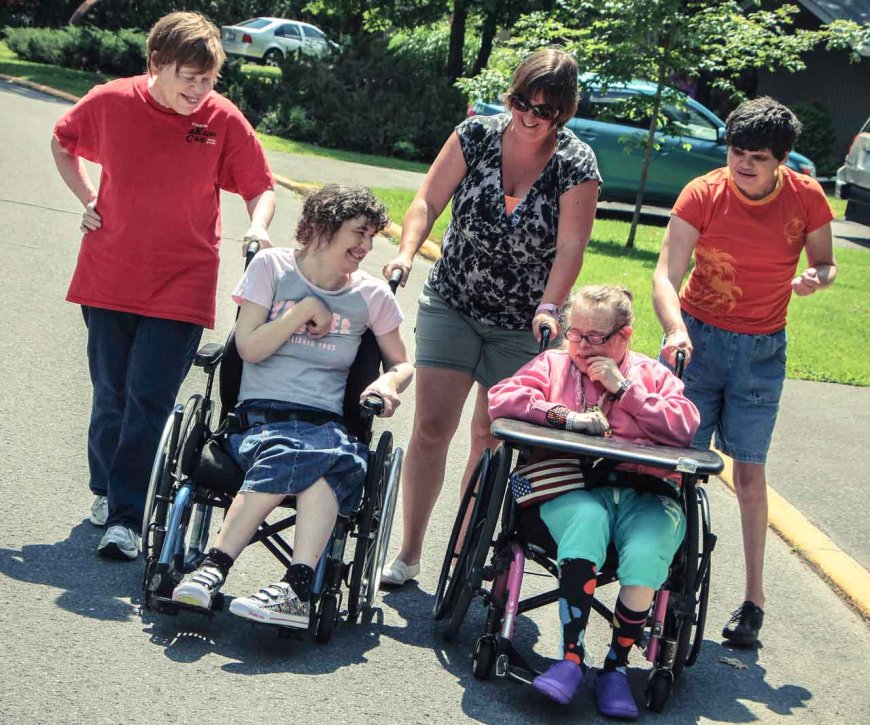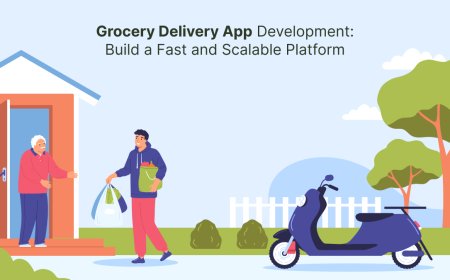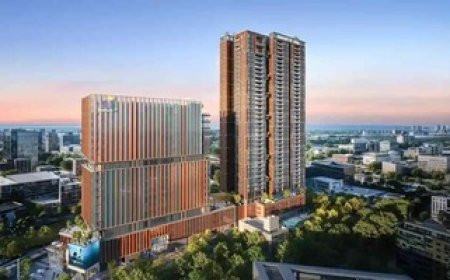Activities for Adults with Disabilities, Activities for Disabled Person: Inclusive and Engaging Opportunities
Adults with disabilities benefit from a wide range of activities that promote physical health, social connection, and personal growth. These activities can include adaptive sports, sensory exercises, creative arts, and community engagement, all tailored to different abilities and interests. Finding suitable activities helps improve confidence, communication skills, and overall well-being.

Adults with disabilities benefit from a wide range of activities that promote physical health, social connection, and personal growth. These activities can include adaptive sports, sensory exercises, creative arts, and community engagement, all tailored to different abilities and interests. Finding suitable activities helps improve confidence, communication skills, and overall well-being.Engaging in meaningful activities also supports a sense of belonging and independence, which is essential for mental and emotional health. Whether at home, in day programs, or online, these opportunities provide adults with disabilities a chance to learn new skills, socialize, and enjoy leisure time on their own terms.
Types of Activities for Adults With Disabilities
Adults with disabilities benefit from a variety of activities that address physical, social, and cognitive needs. These activities help improve quality of life by fostering engagement, skill development, and social connections.
Recreational Pursuits
Recreational pursuits include activities designed for enjoyment and relaxation. Examples are art projects, music therapy, gardening, and sensory stimulation exercises. These activities can be adapted to individual needs and abilities.They provide mental stimulation and promote creativity. For instance, painting or crafts can improve fine motor skills and offer a sense of accomplishment. Sensory activities, such as tactile play or aromatherapy, help create a calming, secure environment.Recreational pursuits should be tailored to physical capabilities and personal interests to maximize participation and satisfaction.
Social Engagement Opportunities
Social engagement activities focus on building relationships and community involvement. Group outings, club meetings, and volunteer work encourage interaction with peers and reduce isolation.Structured social groups can use games, discussion circles, or shared hobbies to foster communication skills and teamwork. Digital platforms may also support social engagement through virtual meetups or online clubs.These opportunities promote emotional well-being by creating connections, boosting confidence, and helping individuals feel included.
Educational and Skill-Building Programs
Educational programs help adults with disabilities develop new knowledge and practical skills. Workshops or classes in computer literacy, cooking, or financial management enhance independence.Skill-building can be cognitive or physical. Memory games, problem-solving tasks, and adaptive technology training support mental acuity. Vocational training prepares participants for employment or volunteer roles.These programs focus on increasing autonomy and participation in everyday life through structured learning and practice.
Adaptive Sports and Physical Activities
Adaptive sports adapt traditional physical activities to accommodate different abilities. Examples include wheelchair basketball, swimming, and yoga with modifications.Physical activities improve strength, coordination, and cardiovascular health. They also offer social interaction and build self-esteem through teamwork and competition.Programs often use specialized equipment and trained instructors to ensure safety and accessibility. Regular participation contributes to overall well-being and physical fitness.
Guidelines for Choosing Suitable Activities
Choosing activities for adults with disabilities requires a careful balance of individual needs, environment, and social dynamics. Important factors include understanding personal capabilities, ensuring a safe and accessible setting, and fostering inclusive experiences that encourage active participation and social engagement.
Assessing Individual Abilities and Interests
The starting point in selecting activities is a thorough assessment of the individual's physical, cognitive, and emotional abilities. This evaluation ensures activities are neither too challenging nor too simple, promoting confidence and enjoyment.Interests should also be prioritized to maintain motivation. For example, someone with a passion for art might thrive in creative workshops, while another interested in sports may benefit from adaptive athletic programs.Regularly revisiting abilities and preferences is important as these can evolve. Participation levels, attention span, and stamina should be considered to provide appropriate pace and structure.
Accessibility and Safety Considerations
Activities must be physically and cognitively accessible. This includes suitable equipment, easy-to-navigate environments, and clear instructions tailored to individual needs.Safety is paramount. Proper supervision, adaptive tools, and emergency protocols minimize risks. For example, wheelchair-accessible venues and sensory-friendly spaces help remove barriers.Transport availability and proximity to home can impact accessibility. Planning around these logistical factors increases attendance and consistency.Staff or caregivers trained to assist appropriately enhance the safety and success of the activity.
Promoting Inclusion and Participation
Inclusion means designing activities that welcome all participants regardless of disability type or severity. Using flexible formats and adaptive methods fosters engagement.Opportunities for social interaction should be built into activities. Group exercises, team sports, or social clubs can improve communication skills and reduce isolation.Respecting individual choice is critical. Encouraging participants to voice preferences and allowing for different levels of involvement supports dignity and motivation.Creating a supportive, non-judgmental atmosphere helps maintain participation and builds community connection.








&srotate=0)



























